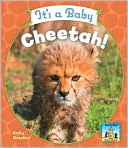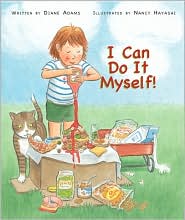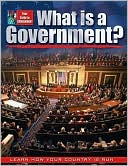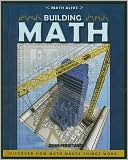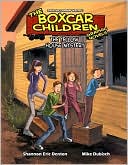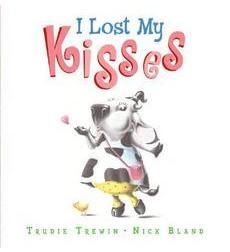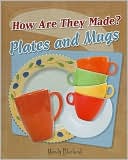
Cronin, Doreen. Dooby Dooby Moo. ABDO Publishing: 2009. ISBN: 9781599614236.
In Dooby Dooby Moo the cows, sheep and ducks are making funny noises because they are trying out to sing for the county fair. Farmer Brown is keeping his eye on the animals to see what all the commotion is about. The pictures look like funny drawings that are colored in with watercolor paint.
My favorite part of the book was when the animals sang at the fair! I would recommend this book to kids 5-12 who are interested in animals.
I.W., 5th Grade, Eastwood Schools.
In Dooby Dooby Moo the cows, sheep and ducks are making funny noises because they are trying out to sing for the county fair. Farmer Brown is keeping his eye on the animals to see what all the commotion is about. The pictures look like funny drawings that are colored in with watercolor paint.
My favorite part of the book was when the animals sang at the fair! I would recommend this book to kids 5-12 who are interested in animals.
I.W., 5th Grade, Eastwood Schools.



